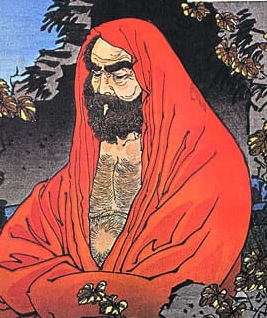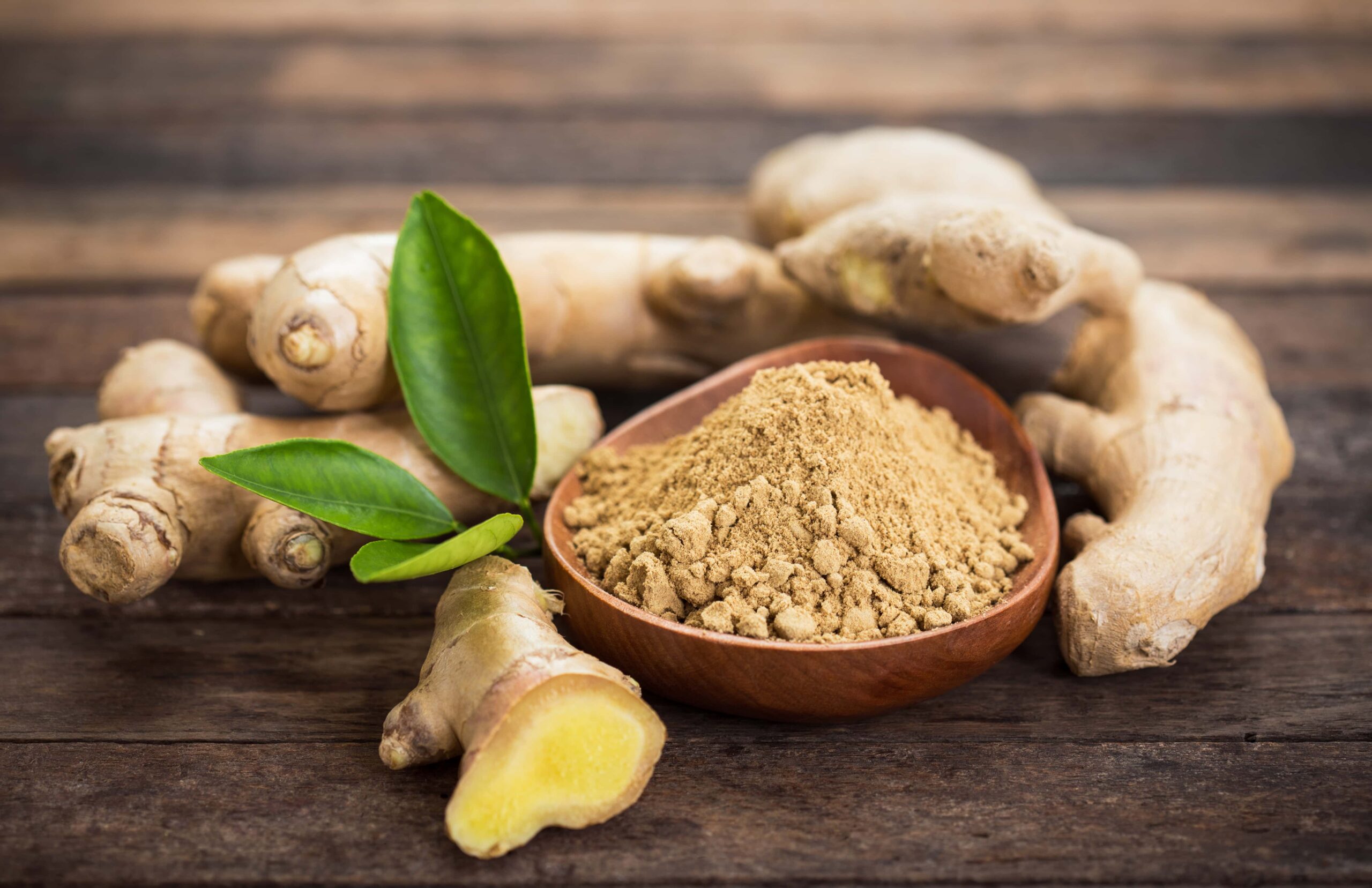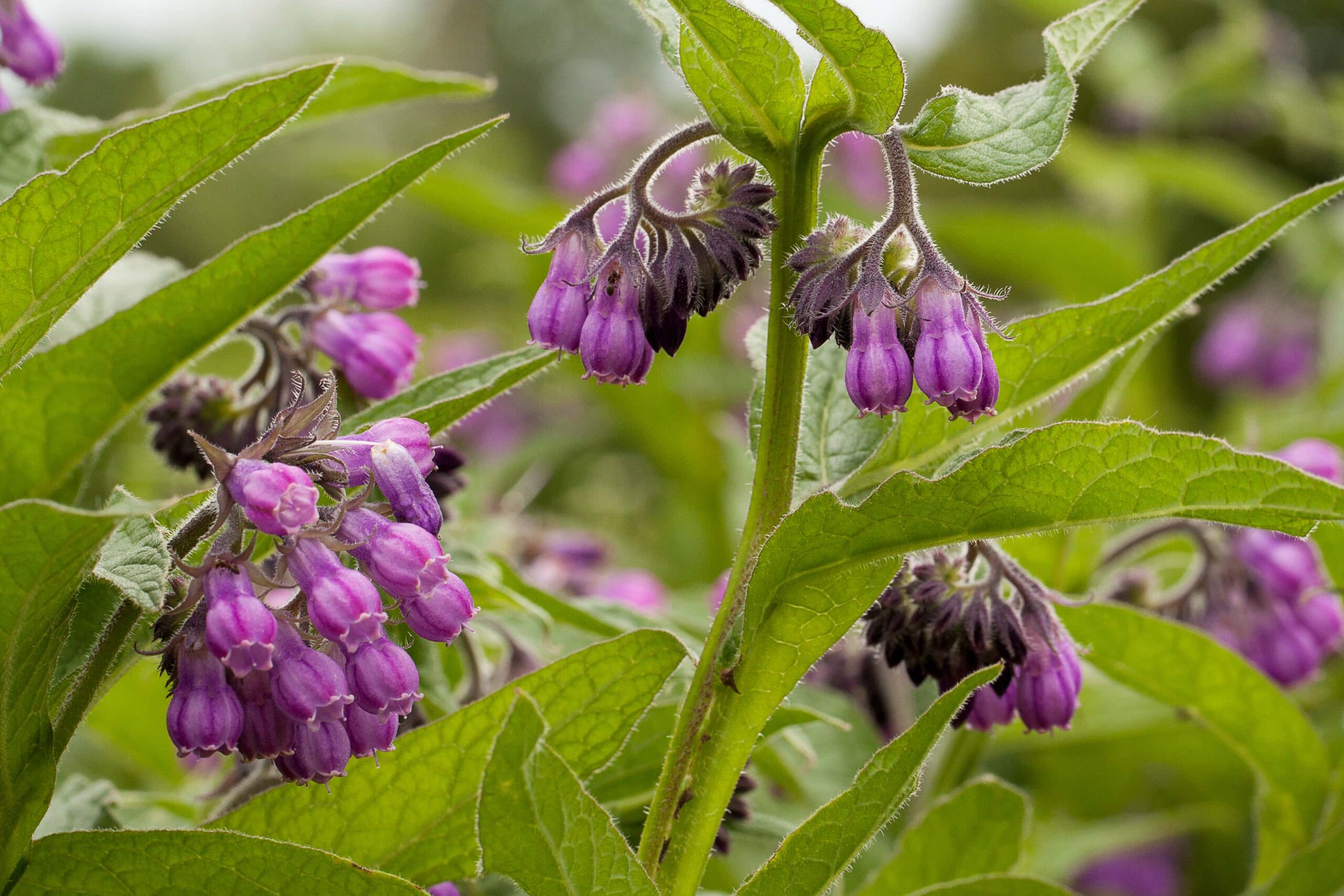Strained muscles and the summertime go hand-in-hand, unfortunately. More injuries occur to the weekend warrior at this time of year than any other. After relaxing for a long winter, people are now getting out and beginning to do things.
Sports events such as football, soccer, baseball, and other summer events are starting to kick off, and many people are getting out to the garden.
If you are one of the people that trained regularly, you might not be in a bad situation. But, if you join new sports or exercise programs, this new work could cause your muscles to feel the strain. So, we’re going to look at three herbs you can use to help relieve the pain and promote healing.
Ginger
This root vegetable makes the list for nearly every healing remedy possible. That's because it's absolutely amazing at what it does.
The primary role ginger has for strained muscles is working as an anti-inflammatory. Several of the gingerols within the root actor work on muscles and connective tissue to relieve inflammation and swelling. It works very similar to COX-2 inhibitors, which many people take to reduce pain and inflammation.
You can use ginger in two different ways to help reduce inflammation, and you can do both of them at the same time if you so choose. The first is to make a strong ginger tea. Many of the benefits of the anti-inflammatory compounds work systematically, which can reduce overall inflammation where you strained your muscles.
You can also make a poultice out of ginger and plantain. Also known as elephant ear, plantain grow the most yards and is considered a weed. If you pull up a few plantain leaves and grind them up with ginger root in about equal portions, you can use the paste directly on the muscles you strained.
The combination helps reduce the inflammation in the area and feels cool and refreshing. Perhaps that’s why it’s included in most Dit Da Jaw recipes.
Comfrey
Although a popular tea many years ago, the FDA forbids the use of comfrey internally because of the pyrrolizidine alkaloids. However, in ancient Greece and Rome, comfrey he was often used to heal injuries, and one of the top beverages used during gladiator games. We do not recommend you take comfrey internally unless working with a qualified herbalist.
Externally, comfrey is a beautiful herb to use. Also known commonly as knitbone and bruisewort, comfrey was traditionally used to reduce aches and pains, bruising, and speed up the healing of fractures. Comfrey contains two primary chemical constituents that contribute to this effect.
Allantoin is a chemical that increases the rate at which cells divide, which explains how it increases the rate of healing from fractures. It also contains Rosmarinic acid, which reduces inflammation and helps prevent further injury to blood vessels.
Because of the rosmarinic acid content, it was often for people who had frequent blood clots, especially those in the lungs.
Several medical organizations, including the Memorial Sloan-Kettering Cancer Center and the Therapeutic Research Center Natural Medicine Database, recommend comfrey used topically for back pain, arthritis, strains and sprains.
Here’s how to use comfrey topically, and you can choose one of two methods. The first is to create a tea of comfrey. Once the tea is comfortable to the touch, soak a cloth in the tea and wrap it around the affected muscle area. You can use it as often as necessary to help reduce inflammation.
You can also take whole leaves and grind them up into a paste. Apply the paste to the damaged area and a clean bandage wrapped around it. Traditionally, people used broadleaf burdock leaves or plantain leaves as a bandage over the comfrey.
Mullein
Many people have heard of using the flowers in oil for earaches, and the leaves for chest congestion, now we know the root is equally as effective. Mullein is a moderate pain and inflammation-reducing herb. Made into a tea, mullein root helps increase flexibility, loosens muscles and connective tissue, and increases the fluid along joints and nerves.
Mullein is especially beneficial for back pain. Several studies show that it helps particularly soothing the nerves of the spine and can help relieve stress and strain of the back. It’s also excellent for helping urinary problems including stress kidneys and other injuries.
Herbal medicine is central to many martial arts. According to the Shaolin Medicine tradition “After the 28th Patriarch of Buddhism Bodhidharma came to Shaolin Temple, he initiated the Chan meditation facing the wall and established Shaolin Temple's origin status of Chan sect.

Source: en.wikipedia.org
He also instructed his disciples in the Pancavidya (five classes of knowledge of ancient India: the language, the logic, the medicine, the technique and the philosophy), among which the medicine science was attached most importance by the eminent monks of all dynasties. After the second Patriarch Huike cut his arm, the temple monks heel his arm on Boyu Peak with herbs collected in the mountain.
Shaolin Medicine has been carried down from generation to generation verbally as well as secretly.” Today, much of this herbal medicine tradition is passed down in the temple and through outside TCM practitioners.
Western practitioners may find TCM less effective and should choose Western herbalists trained in the use of local herbs and traditions, which work better with their bodies.
All three of these herbs are accessible to you. Ginger is widely available at the grocery stores, comfrey is in most natural food stores and online, and mullein is freely available in most areas in places where the soil has been disturbed, particularly along roadways.
Be sure you know what plants you are harvesting if you choose to wildcraft. It’s fairly easy to recognize mullein, but comfrey and ginger both have look-alikes that are both ineffective and potentially toxic.



